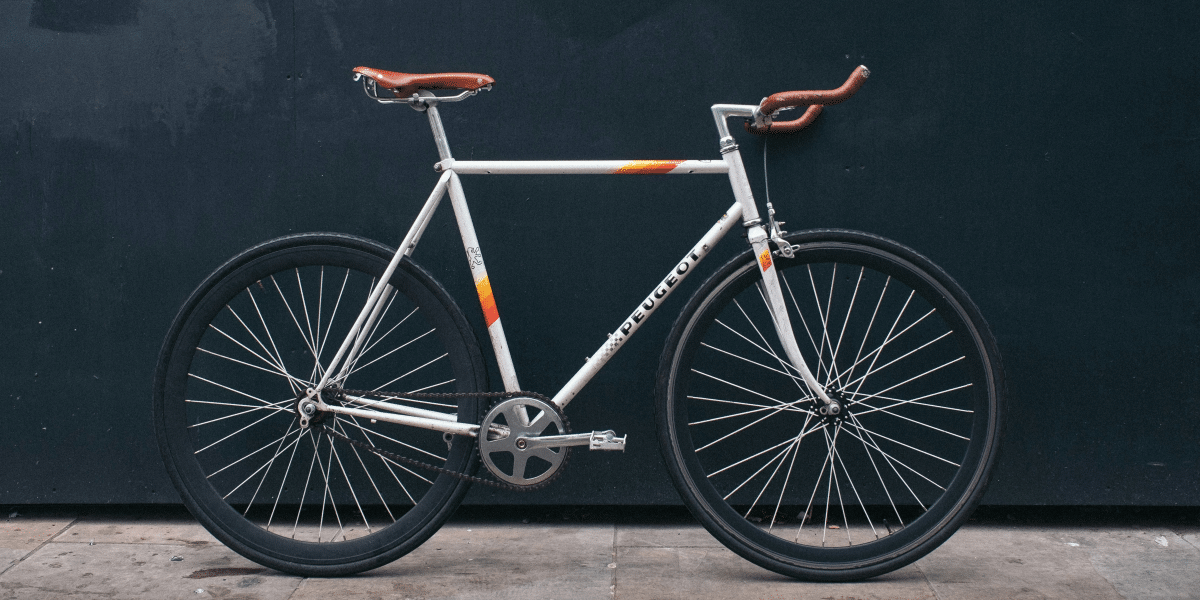Cycling is a versatile and rewarding activity that serves people of all ages and skill levels. Whether you’re an adrenaline junkie seeking off-road thrills, a commuter looking for a practical mode of transport, or someone who enjoys leisurely weekend rides, there’s a perfect bike for you. This guide will help you steer the options from stores like Progear Bikes and make an informed decision tailored to your needs.
Identify Your Riding Purpose
The first step in choosing the right bike is understanding how and where you’ll ride. Different types of bikes are created for specific terrains and purposes:
- Road Bikes: Constructed for speed and efficiency on paved roads. Ideal for long-distance rides, racing, and fitness enthusiasts.
- Mountain Bikes: Designed to handle rough trails, steep inclines, and obstacles. Perfect for off-road adventures.
- Hybrid Bikes: A combination of road and mountain bikes. It is fit for city commuting and light trail riding.
- Cruiser Bikes: Known for comfort and style. Great for casual rides along the beach or around the neighborhood.
- Electric Bikes (E-Bikes): Equipped with a motor to assist pedaling. It is excellent for those who want an extra boost on hills or during long commutes.
Consider the Frame Material
The material of the bike frame affects its weight, durability, and cost. Here are the most common options:
- Aluminum: Lightweight, durable, and affordable. Ideal for beginners and casual riders.
- Steel: Strong and shock-absorbing but heavier. They are often preferred for touring bikes due to its comfort on long rides.
- Carbon Fiber: Extremely lightweight and rigid. It is popular for high-performance road and mountain bikes, though it comes with a higher price tag.
- Titanium: Combines the strength of steel with the lightweight nature of aluminum—a premium choice for serious riders.
Choose the Right Bike Size
A properly fitting bike is essential for comfort and efficiency. Most bike shops provide size charts based on your height and inseam. However, test-riding different models is the best way to ensure a comfortable fit. Key components to check include:
- Frame Size: Ensures the bike isn’t too big or small.
- Saddle Height: Allows efficient pedaling without straining your knees.
- Handlebar Position: This should offer a comfortable reach without stressing your back or shoulders.
Gear and Brake Systems
Depending on your riding style, you’ll need to decide on the type of gearing and braking system:
- Gearing: Bikes come with single-speed or multi-gear systems. A bike with considerable gears is recommended for riding on varied terrain or steep hills.
- Brakes: Options include rim, disc, and hydraulic disc brakes. Disc brakes are ideal for all weather conditions and provide better stopping power.
Test the Suspension
If you’re leaning toward a mountain or hybrid bike, consider whether you need suspension:
- Front Suspension: Absorbs impact on the front wheel, making rides smoother on uneven terrain.
- Full Suspension: Provides both front and rear shock absorption. Best for challenging trails and downhill riding.
- No Suspension: Common in road bikes for a lighter, more efficient ride on smooth surfaces.
Prioritize Comfort Features
Comfort should always be maintained, especially if you plan on long rides. Look for the following:
- Saddle Comfort: Padded or gel saddles offer better cushioning.
- Handlebar Type: Flat bars provide an upright riding position, while drop bars allow for multiple hand positions and aerodynamics.
- Tire Type and Width: Wider tires offer better shock absorption and grip, while narrow tires are faster on smooth roads.
Set Your Budget
Bikes vary from a few hundred to several thousand dollars. It’s necessary to balance your budget with your requirements. While high-end models offer superior performance and durability, many mid-range bikes provide excellent value for casual and intermediate riders.
Check for Additional Features
Modern bikes come with various features to enhance your riding experience:
- Integrated Lights: Improve visibility during night rides.
- Built-in Racks and Panniers: These are useful for carrying groceries or gear during commutes and tours.
- Smart Technology: Some bikes have GPS tracking, performance monitoring, and app connectivity.
Consider Maintenance and Repairs
Bikes with fewer components, like single-speed or fixed-gear models, require less maintenance. However, if you opt for a multi-gear system or advanced braking, ensure you’re comfortable with basic upkeep or have access to a reliable bike mechanic.
Test Ride Before You Buy
Finally, nothing beats a test ride to see how the bike feels. Pay attention to its handling, comfort, and performance. This will give you a clear idea of whether the bike aligns with your expectations.
Final Thoughts
Choosing the perfect bike is a personal journey that depends on your goals, riding style, and budget. By assessing the factors outlined in this guide, you’ll be well on your way to finding a bike that meets your needs and improves your cycling experience. Happy riding!
Published by: Nelly Chavez

















